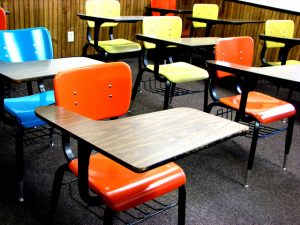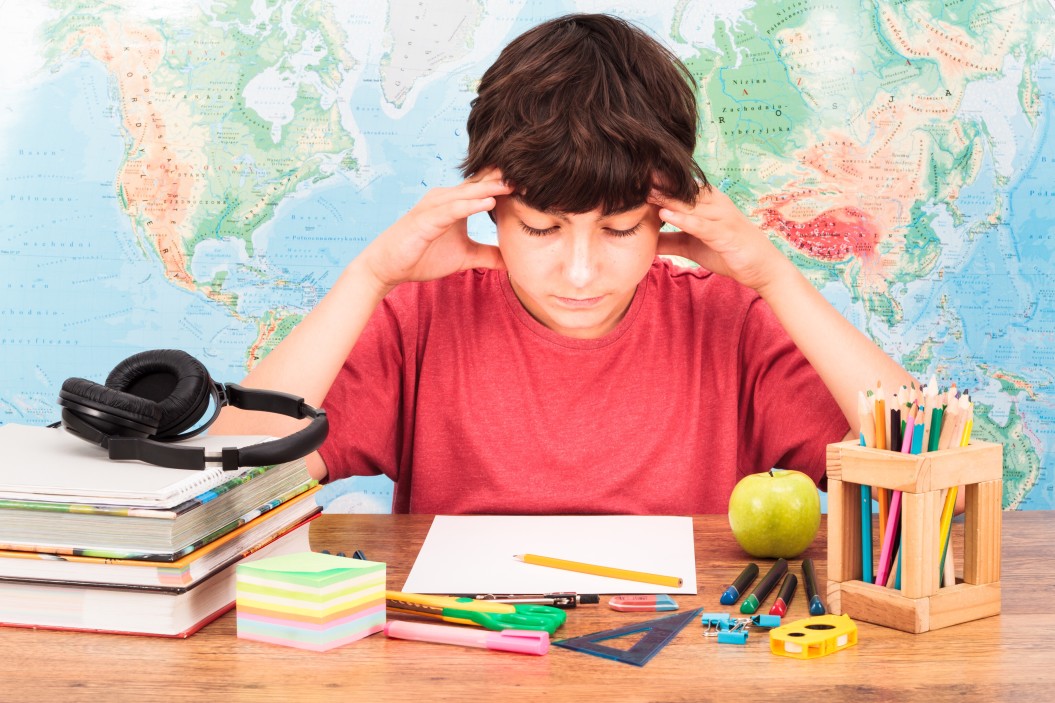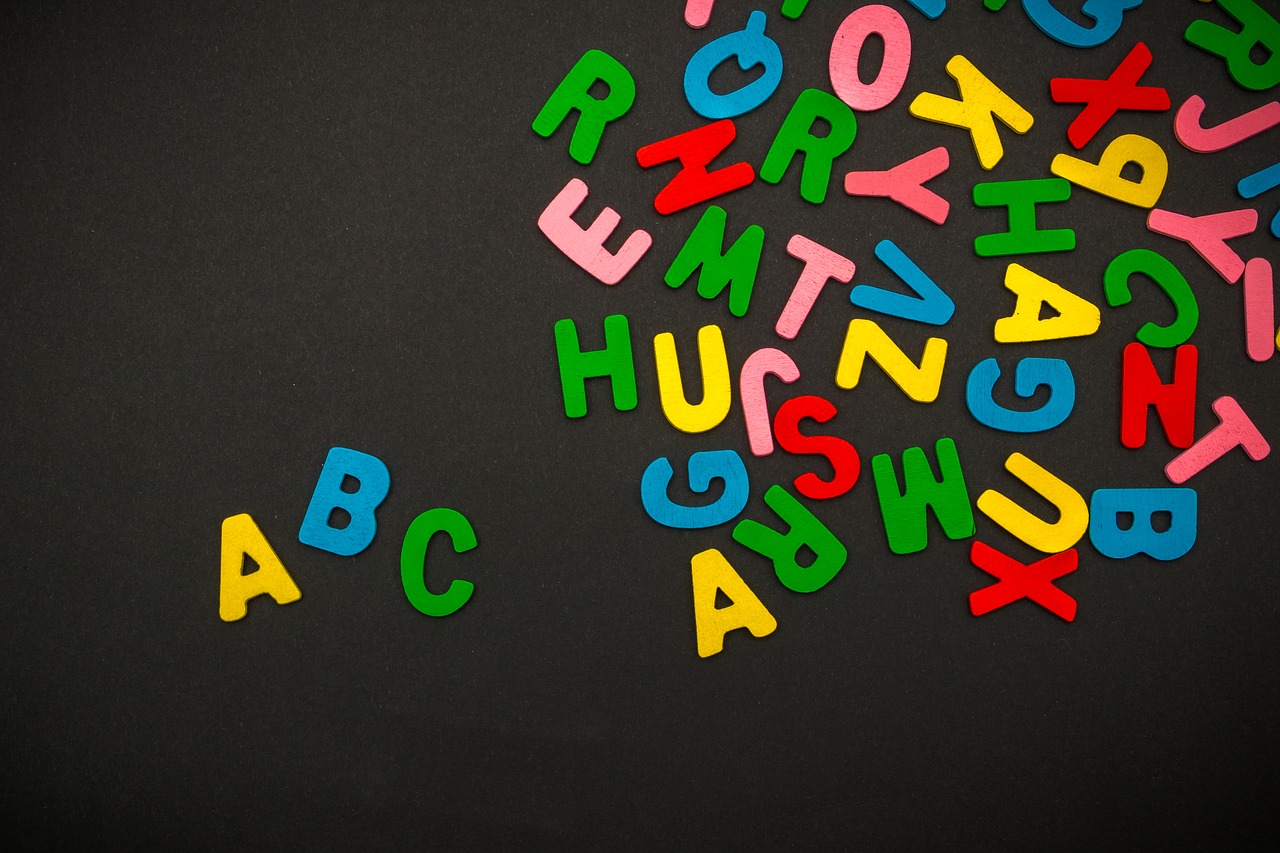Thanks to Teachers, Learning Loss This Year Was Not As Bad As Projected, NWEA Finds
 When it comes to learning loss during COVID-19, the question is not whether it has happened, but how much. A new report out from NWEA, a non-profit assessment organization, offers insight into just how steep the so-called COVID slide has been so far.
When it comes to learning loss during COVID-19, the question is not whether it has happened, but how much. A new report out from NWEA, a non-profit assessment organization, offers insight into just how steep the so-called COVID slide has been so far.
The good news is that students learned a lot more doing remote learning than education groups projected they would. The bad news is students still learned notably less than they would have in a typical year.
NWEA estimated in April, a month into the pandemic, that students would enter the fall with only 70 percent of their learning gains in a typical school year in reading, and 50 percent of their typical gains in math. Stanford University’s Center for Research on Education Outcomes (CREDO) predicted a similarly bleak outcome. By translating learning loss into “lost days of learning,” CREDO projected that, in the spring, the average student would have missed out on up to 183 days in reading and up to 232 days in math.
The new research from NWEA, published today, reveals a notably better reality. Based on data from 4.4 million students in grades 3-8 who took the organization’s annual MAP Growth assessment, the group was able to get a sense—albeit a limited one, with caveats—of how students performed this fall compared to years past.
Across nearly all grades, students have made progress in both math and reading since the start of the pandemic, but by slimmer margins than is considered normal. In math, students fell between five and 10 percentage points behind their same-grade peers from last year. In reading, remarkably, the numbers stayed about the same.
This data does not capture the reality of every student in the United States. Nor does it reveal the racial, ethnic and socioeconomic disparities that exist among students. It is an average of a sample.
Chris Minnich, chief executive officer of NWEA, said that the fact this research does not point to the “worst case scenario” is very likely due to the effort educators put in, and their ability to rise up to meet the unique challenges this year brought.
The discrepancy between math and reading outcomes was not unexpected. Parents and caregivers are often better able to support their children in reading—whether by suggesting new books to read together, starting a bedtime story tradition or something similar—than in math, where many adults have long forgotten not only what the rules and concepts are but how to explain them, Minnich said.
However, because math is learned sequentially—a student must understand one concept to be able to learn the next—it will create an “acute challenge” for schools when students resume in-person learning, he added.
Excerpted from “Thanks to Teachers, Learning Loss This Year Was Not As Bad As Projected, NWEA Finds” in EdSurge. Read the full article online.
Source: EdSurge | Thanks to Teachers, Learning Loss This Year Was Not As Bad As Projected, NWEA Finds, https://www.edsurge.com/news/2020-11-30-thanks-to-teachers-learning-loss-this-year-was-not-as-bad-as-projected-nwea-finds | © 2011-2020 EdSurge Inc.
Do you need someone to talk to? CHC can help. We invite you to call or email our Care Managers at 650.688.3625 or careteam@chconline.org to set up a free 30-minute consultation. CHC teletherapy services are available now.





